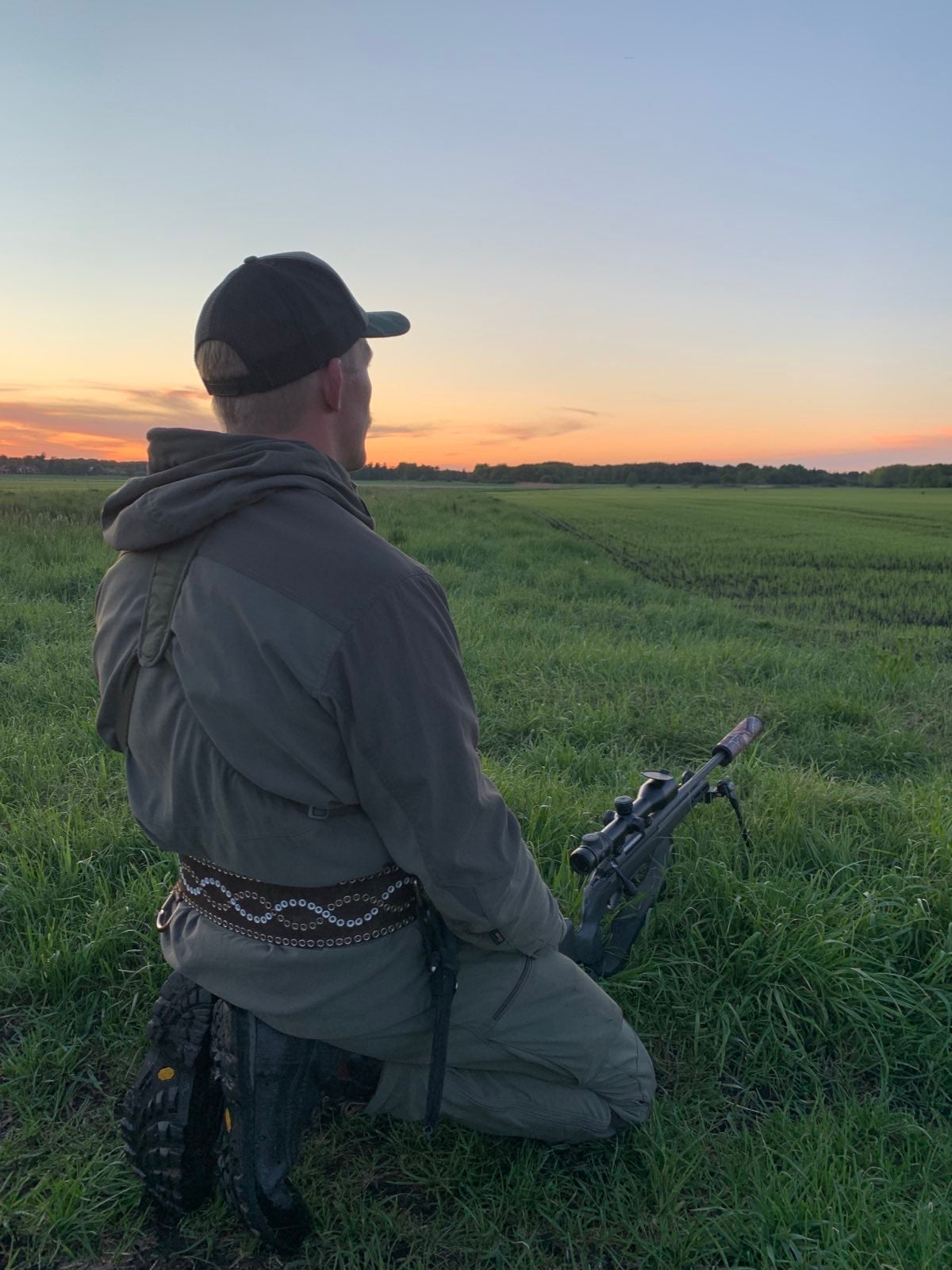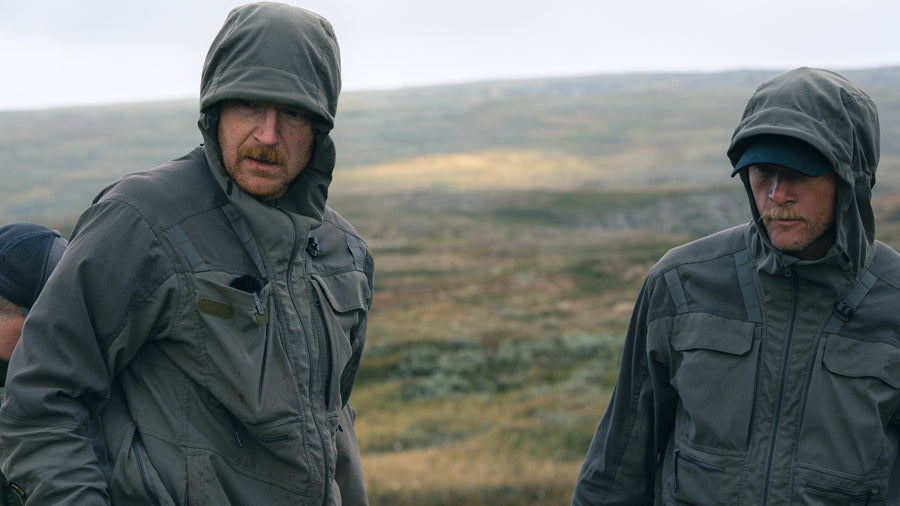
Introduction:
Spring roe deer hunting requires patience, endurance, and focus. Like much other hunting, it's an exciting pursuit where one can never be sure how the days will unfold. The roe deer's speed and vigilance demand both experience and skill from the hunter to succeed in the hunt.
But it's not just the challenge that makes spring roe deer hunting so special. It's also a fantastic opportunity to experience nature and its beauty up close. Sneaking through silent forests, discovering the vibrant wildlife, and breathing in the fresh air provide a sense of freedom.
Behavior and Habitat of Roe Deer:
Roe deer have a sensitive sense of smell and hearing and are shy animals that are difficult to spot when actively sought. These characteristics make stalking roe deer particularly challenging.
Roe deer primarily inhabit forests and shrublands but can also be found in open fields or on the edge of forests. They are mainly active during dawn and dusk when they venture out to graze and search for food.
Give Yourself Every Advantage:
Preparation is crucial for success in hunting in general, and even more so when it comes to roe deer hunting. One of the most critical parts of preparation is having the right equipment on hand. It can be challenging to get very close to the animal, so it's always good to have shooting rests, binoculars, and perhaps a rangefinder.
The natural shyness of the animal is a significant factor to consider when hunting, so it's essential to level the odds by dressing appropriately. Choosing clothes that are quiet during movement and activity and that blend into the surroundings increases your chances of stalking the animal without scaring it. Roe deer are also sensitive to visual cues, so blending into the environment by wearing harmonizing and natural colors while also minimizing your silhouette is a key success factor.
Prepare Yourself by Surveying:
When it comes to preparation, it's not just about having the right equipment but also about knowing the area and the habits of roe deer.
Before venturing out, we recommend taking the time to familiarize yourself with the area. Go through maps, check satellite images, or ask for tips from other hunters familiar with the area. The better you know the terrain, the easier it will be to plan your route and avoid unexpected obstacles or challenges.
The Different Approaches:
When it comes to roe deer hunting and how to approach it, there are no right or wrong methods; it's a challenge, and one should consider what type of hunting they prefer. While one might prefer to sit and see how the morning unfolds by the edge of a field, another might enjoy the excitement of sneaking around the forest hoping to encounter a big buck.
-
Stalking:
Stalking roe deer is a hunting form that is not only challenging but also exciting and educational. By observing the deer's movements and behavior, you gain a better understanding of how the animal lives in its natural environment.
To succeed in stalking roe deer, good planning is also essential. You should explore the terrain and find the most advantageous routes to avoid revealing your presence. You should also have the right equipment to move quietly, such as muted boots and clothes that don't rustle. But the best camouflage isn't found in stores; it's something created through patience and stillness.
-
Calling:
Calling is another common method. It simply involves using a calling instrument to mimic the sounds of roe deer, which can lure the animal closer to you if done correctly. Especially during rutting season or in connection with the rut, calling can be successful to try. That's why it's more common at the premiere in August. But especially at the end of spring roe deer hunting, closer to (at the time of writing) June 15th, it may be worth a few attempts.
Calling doesn't require as much physical effort as stalking does, but it does require a good understanding of roe deer behavior and routines. A caller should know which sounds work best in different situations and how to position oneself to see animals approaching.
-
Ambush:
Ambushing is another method that can be used for roe deer hunting.
It involves sitting quietly in a selected area where you know the buck usually moves. It's important to be quiet and move carefully when going to the hunting spot, or else you might scare away the animals. Ambushing doesn't require as much physical effort as stalking does, but it requires patience and precision. An advantage of ambushing is that you can have a better overview of the area and thus increase the chance of seeing the roe deer as it approaches.
The Significance of Spring Roe Deer Hunting:
The significance of spring roe deer hunting is a recurring discussion.
While many people believe that hunting is necessary to manage the roe deer population, others argue that it's an unnecessary intervention in nature.A common view from those in favor of roe deer hunting is that it's essential to limit the roe deer population because otherwise, they can cause significant damage to crops and other plants. By hunting in the spring, you can shoot the deer that are on the rebound and thus keep the population at a healthy and robust level. Another argument may be that as a hunting right holder, you tend to hunt other game during the scent hound season.
On the other hand, opponents argue that roe deer should be allowed to pass on their genes, and hunting should not begin until autumn. They also argue that it's unnecessary to kill animals that have struggled to survive the winter.
There is no right or wrong standpoint here. As hunters, it is our desire to have a high population level of game while also having the responsibility to manage these populations to minimize damage to forests and fields. It is our common task to ensure a balance between landowners and the well-being of the different species. Population levels of game depend on how well we manage the management, rather than the hunting season.





Leave a comment (all fields required)